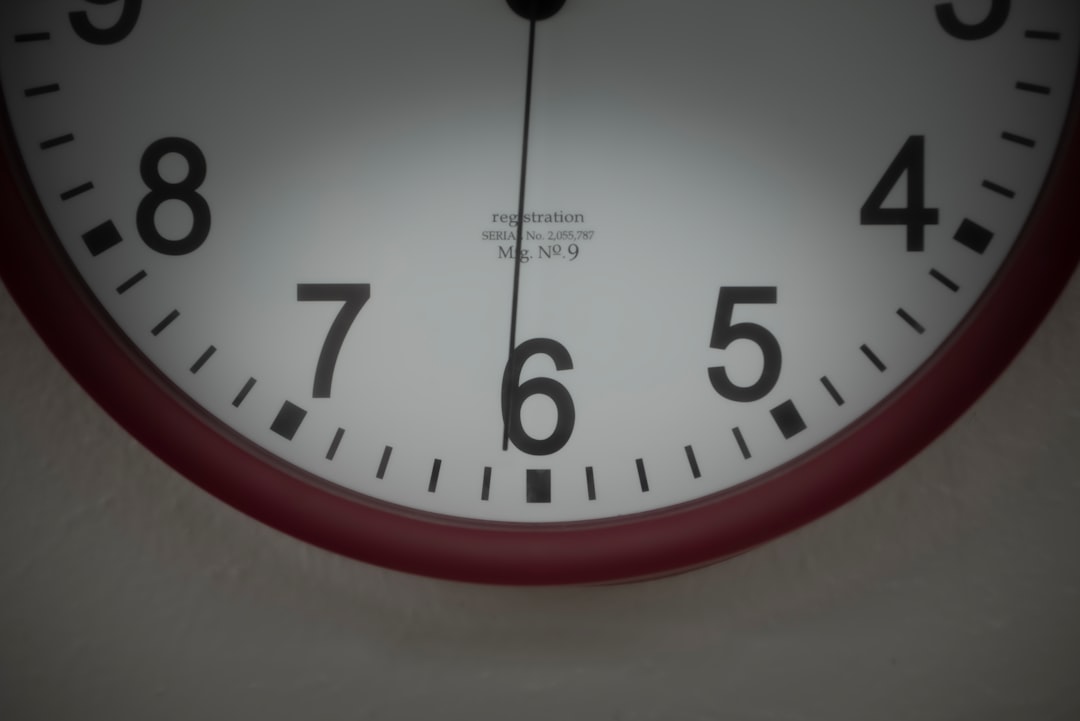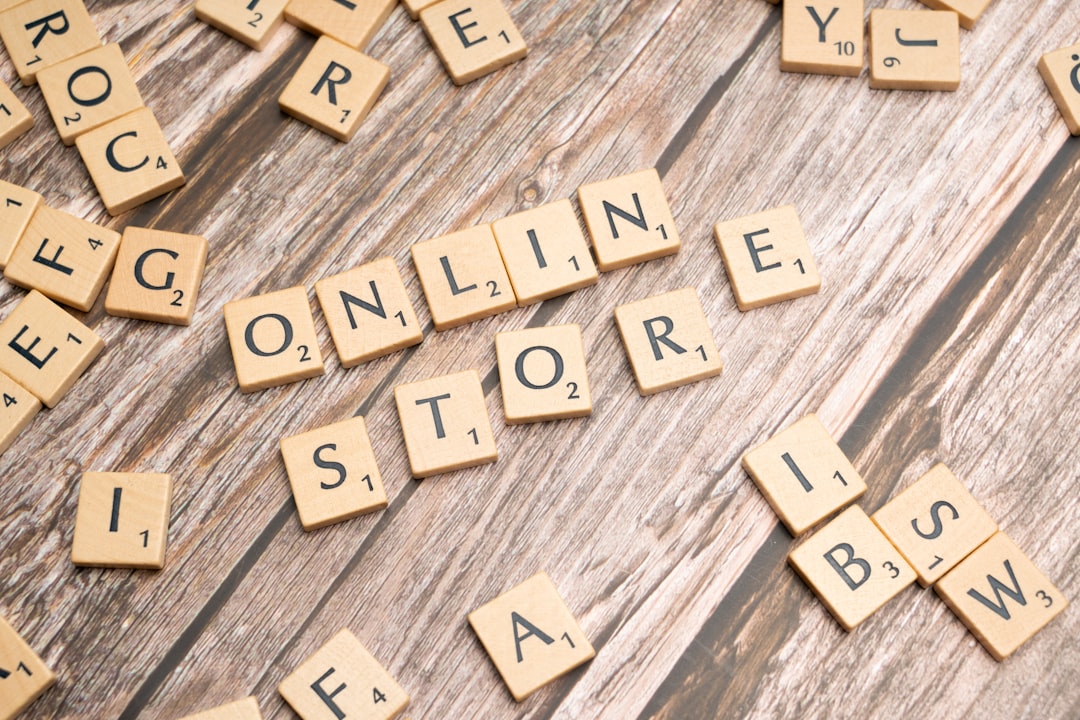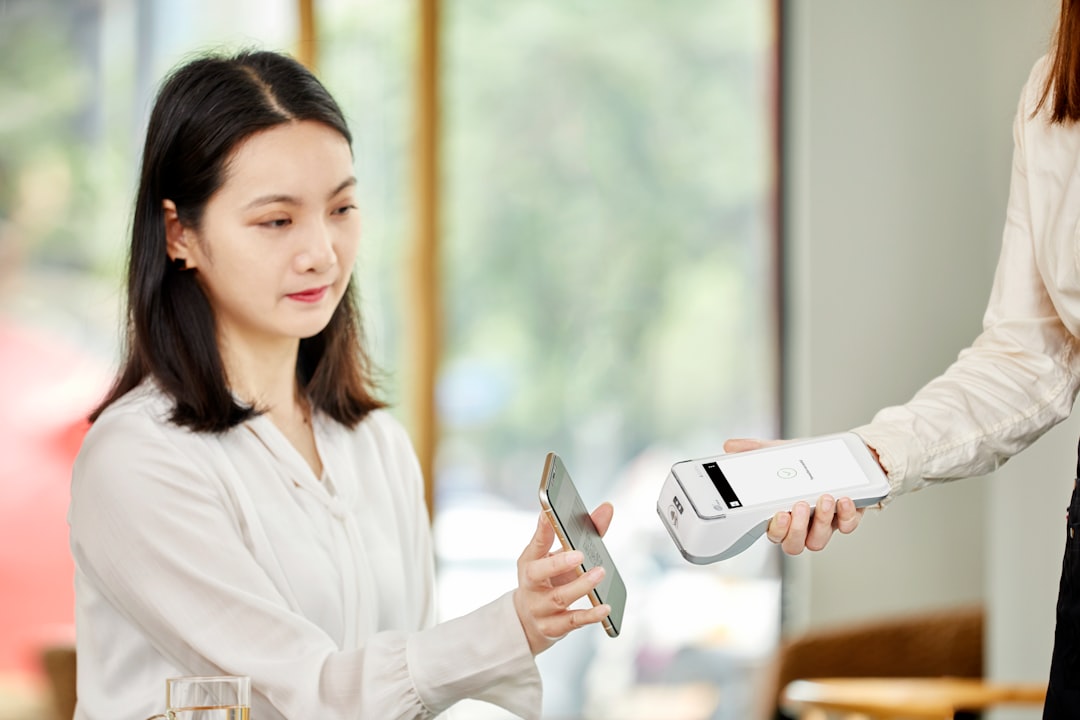
The Psychology of Impulse Buying: Why We Buy What We Don't Need

Ever wondered why that "quick trip" to the store turns into a cart full of unplanned purchases? You're not alone. Impulse buying affects nearly 90% of consumers, and understanding the psychology behind it is the first step toward regaining control over your financial decisions.
The average American spends over $5,400 annually on impulse purchases — money that could otherwise be directed toward savings, debt reduction, or meaningful goals. But impulse buying isn't simply a lack of willpower; it's a complex psychological phenomenon rooted in brain chemistry, emotional states, and sophisticated marketing tactics designed to exploit our cognitive biases.
The Neuroscience of Impulse Buying
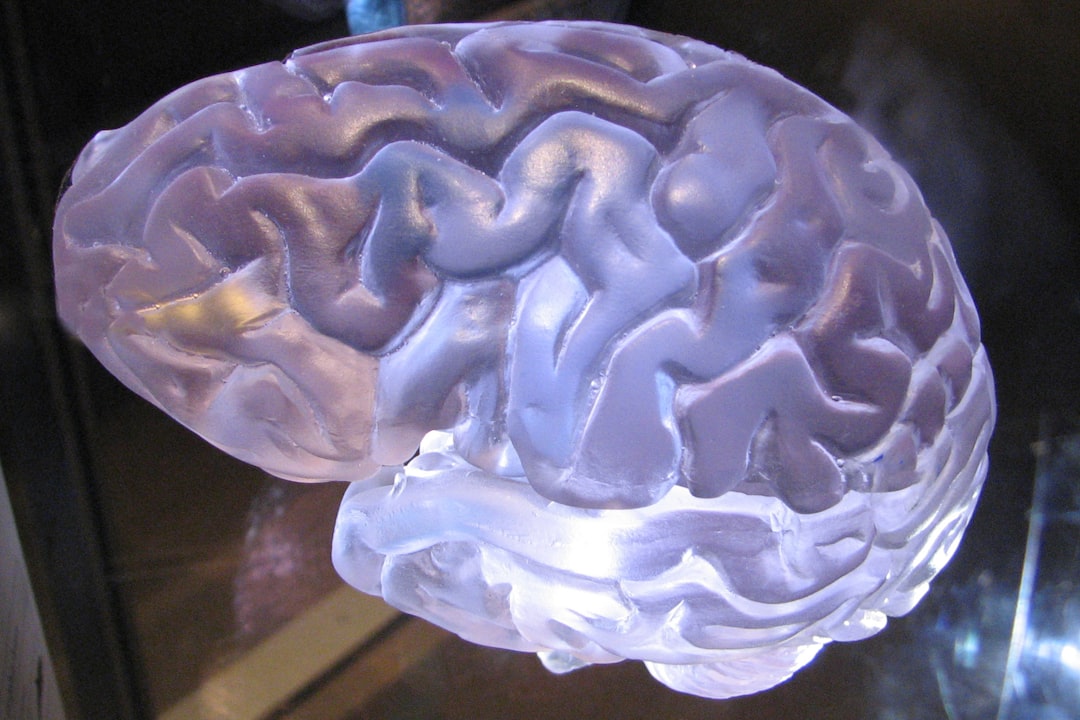
Understanding what happens in your brain during an impulse purchase can help you recognize and interrupt these patterns before they lead to regrettable spending decisions. When we see something we want, our brain's reward center releases dopamine, creating a powerful feeling of anticipation that can override rational decision-making.
The Dopamine Feedback Loop:
- Trigger: You see an attractive product or compelling offer
- Anticipation: Your brain releases dopamine, creating excitement
- Decision: The emotional brain overrides the rational brain
- Purchase: You buy the item to satisfy the craving
- Temporary Relief: Brief satisfaction followed by potential regret
- Reinforcement: The cycle strengthens for future purchases
This neurological process explains why we often feel amazing in the moment of purchase but experience buyer's remorse shortly after. The anticipation of having something new is often more pleasurable than actually owning it.
The Emotional Drivers of Impulse Buying

While neuroscience explains the biological mechanisms, emotions provide the fuel that powers impulse buying decisions. Understanding your emotional triggers is crucial for developing effective resistance strategies.
Stress and anxiety often lead to shopping as temporary relief from negative emotions. The act of purchasing can feel like taking control, turning retail therapy into a coping mechanism. Boredom drives us to seek stimulation through shopping, while loneliness creates a desire for connection that purchasing can seem to fulfill.
The emotional spending cycle follows a predictable pattern: emotional trigger leads to seeking relief through shopping behavior, resulting in an impulse decision that provides temporary mood improvement, followed by guilt and regret that reinforces the cycle for future repetition.
Recognizing this cycle when you're in it allows you to step back and address the underlying emotional need rather than attempting to fix it through purchases.
Environmental and Marketing Manipulation

The environment in which we shop — both physical and digital — is carefully designed to encourage impulse purchases. Physical stores use layout psychology, placing essential items in the back to force you past tempting displays, while checkout lines surround you with small impulse-friendly items.
Digital environments are even more sophisticated in their psychological manipulation. Personalization algorithms analyze your behavior to show products you're most likely to buy, while social proof elements like customer reviews and "people also bought" suggestions create social pressure to purchase.
One-click purchasing removes time for second thoughts, saved payment methods make spending effortless, and limited-time offers create artificial urgency that bypasses rational decision-making processes.
The Real Cost of Impulse Buying
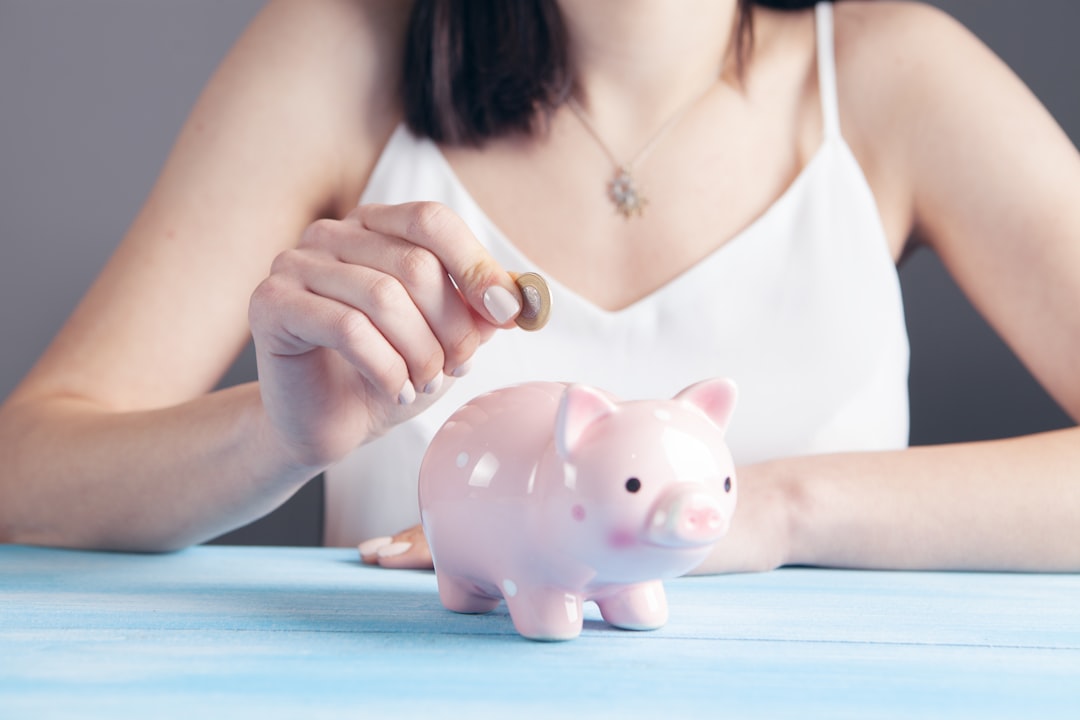
The financial impact of impulse buying extends far beyond the immediate purchase price. If you invested that average $5,400 annual impulse spending instead, you could accumulate $74,550 over 10 years, $220,800 over 20 years, or $489,400 over 30 years at a 7% return.
Beyond financial costs, impulse buying creates psychological burdens including decision fatigue, guilt and regret, and the stress of managing accumulated possessions. It can strain relationships through financial arguments and secret purchases that damage trust and communication.
Strategies to Overcome Impulse Buying
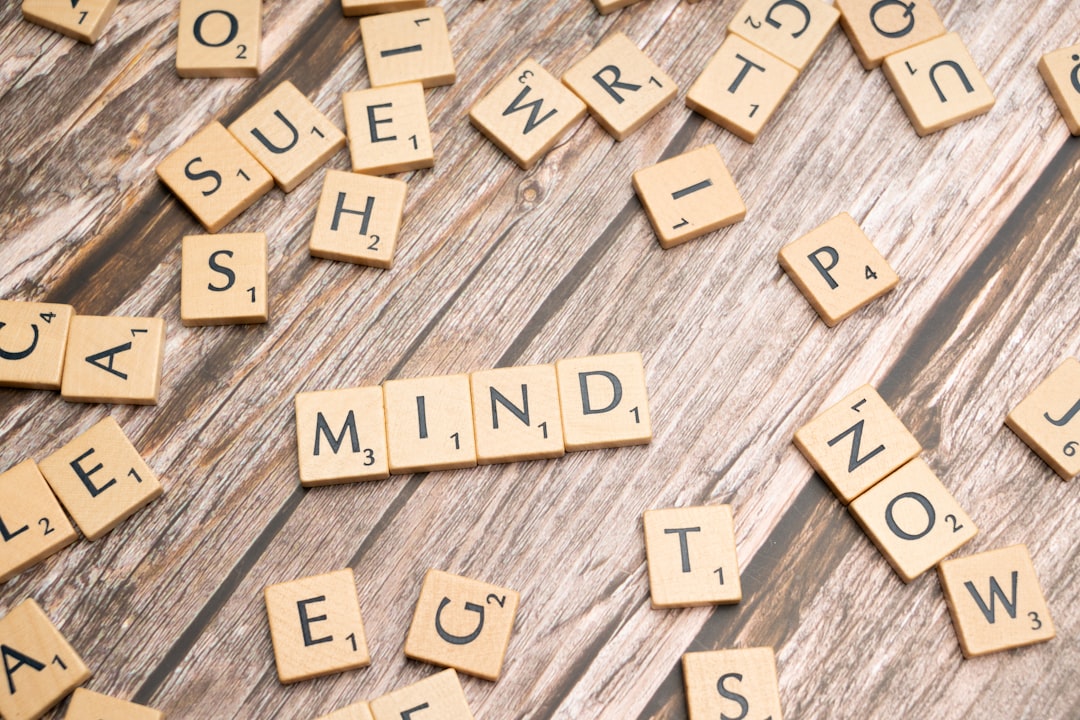
Armed with understanding of the psychological mechanisms behind impulse buying, you can develop effective strategies to regain control over your spending decisions.
The Pause and Reflect Technique:
- Stop: Physically step away from the item or close the browser tab
- Breathe: Take three deep breaths to activate your rational brain
- Question: Ask critical questions about need versus want
- Wait: Implement a waiting period before deciding
- Evaluate: Reassess after the waiting period
Critical Questions to Ask:
- Do I really need this item, or do I just want it?
- What specific problem will this solve in my life?
- How will I feel about this purchase in one week? One month?
- What else could I do with this money?
- Am I buying this because of how I'm feeling right now?
The 24-hour rule for purchases over $50 creates space for rational evaluation, while the cost-per-use calculation helps you understand the true value of potential purchases.
Building Long-Term Resistance
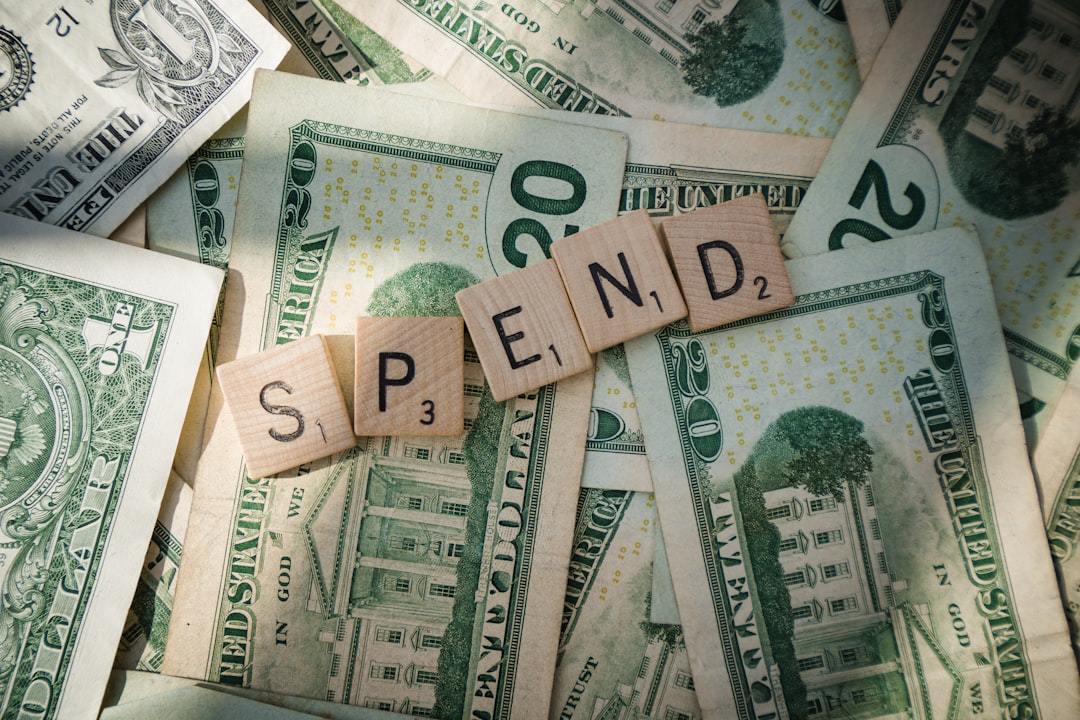
Overcoming impulse buying isn't just about stopping individual purchases — it's about building a sustainable lifestyle that aligns with your values and goals. This requires developing financial awareness through regular spending reviews and connecting your purchases to your bigger goals.
Create environmental modifications by removing shopping apps from your phone's home screen, deleting saved payment methods, and unsubscribing from promotional emails. Replace shopping-based social activities with alternatives that don't revolve around spending money.
Use technology tools like BuyBye's AI-powered purchase analysis to get real-time evaluation of whether purchases align with your goals, receive personalized recommendations based on your spending patterns, and track your progress in avoiding unnecessary purchases.
Conclusion: Taking Control of Your Financial Future
Understanding the psychology of impulse buying is the first step toward financial freedom. By recognizing the neurological, emotional, and environmental factors that drive unnecessary purchases, you can develop effective strategies to regain control over your spending decisions.
Remember that overcoming impulse buying is a skill that requires practice and patience. Be kind to yourself as you develop new habits, and celebrate small victories along the way. Every impulse purchase you avoid is money that can be directed toward your true priorities and goals.
Ready to take control of your impulse buying? Try BuyBye's AI-powered purchase analysis tools to get personalized insights and support for making smarter spending decisions. Our technology helps you recognize triggers, evaluate purchases objectively, and stay aligned with your financial goals.
The path to financial wellness begins with understanding why we make the spending decisions we do. Armed with this knowledge, you have the power to choose differently and create the financial future you truly want.
